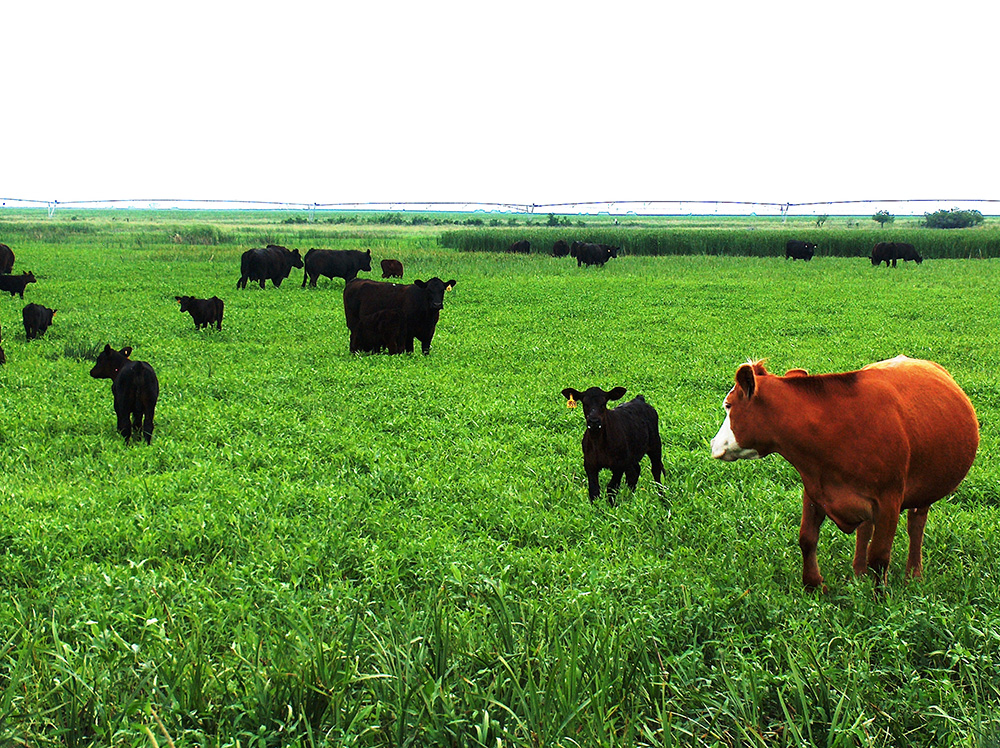ROI of Wetlands on the Farm
 By Ron Seymour, Nebraska extension educator
By Ron Seymour, Nebraska extension educator
Many farms have areas of land that vary in their ability to grow a crop or do not accommodate modern farm equipment. Farmers may attempt to adjust their inputs or production practices in these areas to increase yields, but these efforts may not increase the return on investment (ROI). These marginal areas could benefit from conversion to a conservation purpose, but it can be difficult to make this change if there is potential for a decrease in revenue. It is important for farmers to understand how they can adopt conservation practices and still realize reasonable profitability. Playa wetlands, found in the Rainwater Basin of south central Nebraska, are upland depressions with high clay content soils which hold water during wet years but may be dry through others. Farmers have filled these areas with soil, excavated concentration pits and/or dug surface drains to move excess water from portions of their fields. However, the use of these techniques may not sufficiently reduce excess soil moisture, resulting in lower yields or a complete crop drown out. Yield inconsistency in these areas has led several farmers to seek a more permanent solution.
Two south central Nebraska farmers with adjacent fields containing a playa wetland area worked with staff from the Natural Resources Conservation Service, Upper Big Blue Natural Resources District, and Rainwater Basin Joint Venture to establish a long-term conservation easement. The agreement included an easement payment, wetland restoration, irrigation equipment improvements that include conversion of gravity irrigation to a center pivot irrigation system, and installation of livestock grazing infrastructure.
The farmers participated in an ROI study of pre- and post-easement crop production by recording their expenses and yields over a seven-year period. This period of time included one year of above average moisture that resulted in a lower yield in the wetland area. An economic analysis demonstrated that one of the farmers increased ROI in their field from 48 percent to 51 percent. The second farmer saw a decrease in ROI in their field from 72 percent to 46 percent. When considered together, the ROI decreased by 15 percent. However, the analysis only captured the ROI of annual expense. Greater profitability was realized when the value of the easement payments, installation of new irrigation equipment, installation of new livestock grazing infrastructure, increased crop production efficiency, and increased livestock production were included.
Casual observations were also made regarding the effects of the renovation on wildlife and the environment. Significant increases in the number of migratory birds utilizing the wetlands was evident. In addition, the wetland held more water throughout the year that allowed slow but steady recharge into the aquifer. Additional data is being collected on ROI, farm profitability and the effects of the revitalized wetland on the ecosystem.
Interested in wetland restoration on your acres? The NRD can help! Contact Jerod Fling at jfling@upperbigblue.org / (402) 366-5272.
